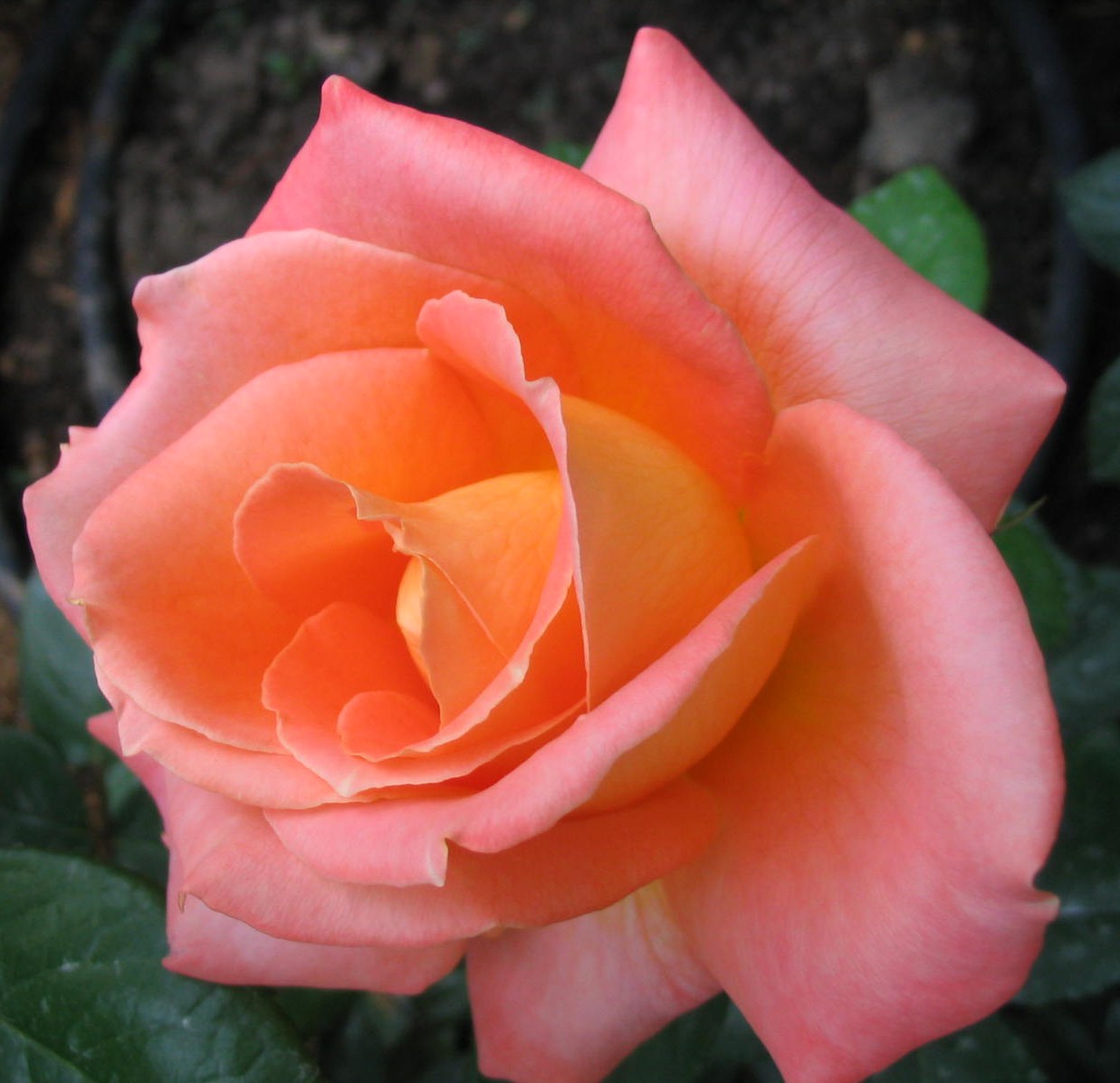


Captions: Left, Student Anastasia Bobrova, who is from Russia, pens her message of support for Ukraine at NC’s Welland Campus with a powerful message “We are all one family. Ukraine, we are with you.”; top right, Mexican student Denisse Garcia Escalante writes her message of support for Ukraine for the display at NC’s Daniel J. Patterson Campus in Niagara-on-the-Lake.; bottom right, Brewmaster student Apoena Endyara De Souza Becker from Brazil brews NC Teaching Brewery’s Resist – Ukrainian Anti Imperial Stout. /Supplied photos.
Niagara College has partnered with a number of colleges across Ontario to make a joint donation of $200,000 to UNICEF’s Ukraine emergency fund.
“Niagara College stands with the people of Ukraine,” said NC president Sean Kennedy. “We are proud to contribute to a fund that will help provide vital necessities and services for Ukrainian families who are experiencing hardship and loss.”
Donations to the Ukraine emergency fund will support the organization’s ongoing programs and response to the escalating need in Ukraine by providing communities with safe water, urgent medical aid and health-care services, child protection and education. UNICEF has been working in Ukraine since 1997.
In addition to other supports, 18 colleges contributed to the joint donation, along with contributions from Colleges Ontario (the sector’s advocacy organization) and the Ontario College Application Service (OCAS).
Some colleges have opted to make significant contributions solely as individual institutions. These include supports such as tuition relief programs, new scholarships, counselling programs, community partnerships and more.
“So many Ukrainian men, women and children are either displaced or living through the terrible situation in Ukraine,” said Linda Franklin, the president and CEO of Colleges Ontario. “This tragedy has affected everyone on our campuses and created a strong desire to help.”
At Niagara College campuses, support for Ukraine has been on display throughout the month of March, with students and employees showing their solidarity.
Handwritten messages of hope and support penned with care upon notes bearing blue and yellow hearts – the colours of the Ukrainian flag – are on display inside NC’s Welland campus and the Daniel J. Patterson Campus in Niagara-on-the-Lake. The displays are located outside the College’s International division at both campuses – hubs for students from around the world, including Ukraine, who have left their homelands to study at the College.
During this challenging time, NC International has been working with the students who have been impacted by recent events to ensure that they have mental and emotional supports in place and that there are no financial hardships incurred.
“As the world watches Ukraine, we recognize that the tragedy hits close to home for our own students, staff and faculty members,” said president Kennedy. “I am proud of how our college community has come together to show that they care.”
NC’s Teaching Brewery has also taken the conflict in Ukraine to heart.
Earlier this month, Brewmaster professor Jon Downing and students from the Brewmaster and Brewery Operations Management program brewed a new beer to show support and promote awareness: Resist – Ukrainian Anti Imperial Stout. Developed by displaced Ukrainian brewers, the Resist recipe was shared by Drinkers for Ukraine with hopes that brewers worldwide will brew it in solidarity with the beer community in Ukraine whose livelihoods and, in some cases, whose businesses have been destroyed by Russian attacks. Downing and students will also brew a Ukrainian Golden Ale, using a recipe developed from Pravda brewery in Lviv, Ukraine.
The Teaching Brewery’s Resist – Ukrainian Anti Imperial Stout is expected to be available in early April and Ukrainian Golden Ale is expected to be released to the public in mid-May. Both will be available at the College’s Wine Visitor + Education Centre ($3.75 per can) while supplies last.
(Attribution: Niagara College release)




































